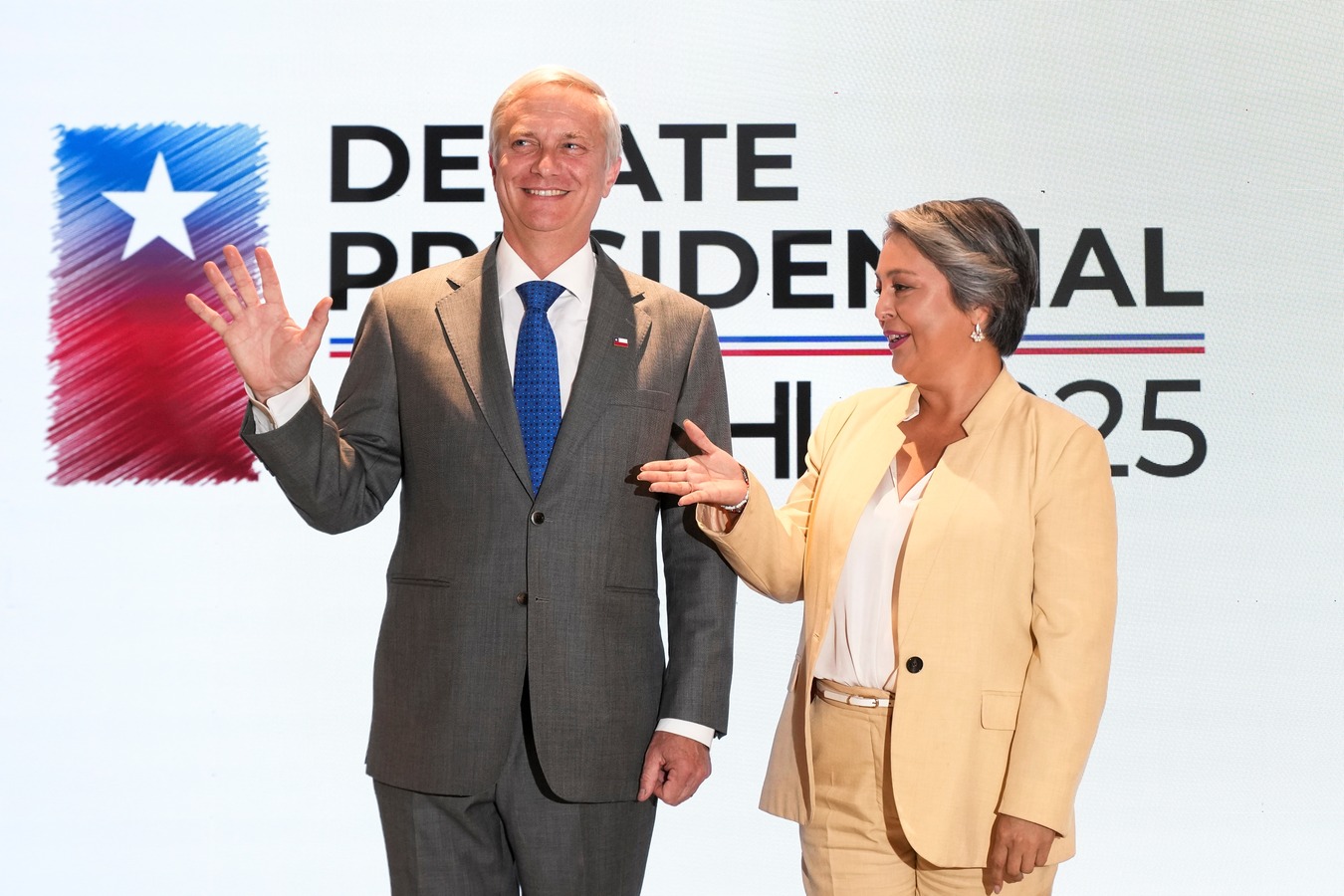Pacific Arc Deepens Integration between Chile, Colombia, Mexico, Peru
Pacific Arc Deepens Integration between Chile, Colombia, Mexico, Peru
Four Latin American countries on the Pacific Rim are banding together to increase regional clout and Asia-Pacific trade. On April 28, the leaders of Chile, Colombia, Mexico, and Peru meet in Lima to ink the Pacific Arc agreement.
With Brazil, Latin America’s economic giant, increasingly looking globally for its political and economic ties, several of the region’s other countries are banding together to create a robust economic alliance. One plan up for discussion this week in Lima is the Pacific Arc agreement, which will see Chile, Colombia, Mexico, and Peru sign an extensive economic integration pact. Then, come May 30, Chile, Colombia, and Peru will merge their stock exchanges to create the Integrated Latin American Market (known as MILA for its Spanish acronym). Not only will these plans complement countries’ bilateral pacts and membership to other Pacific trade treaties such as the Asia-Pacific Economic Cooperation (APEC) group and the Trans-Pacific Partnership (TPP), but they are also likely to spur stronger competition through greater economies of scale.
Following a presidential mandate spearheaded by Peru’s Alan García on December 4 at the twentieth Ibero-American Summit, the commerce ministers of the Pacific Arc countries met with Chilean Foreign Minister Alfredo Moreno in Santiago in January to discuss moving forward on an Area of In-depth Integration (AIP). Chile will act as pro tempore secretariat in the initial stages. This bloc’s principle function will be to facilitate the passage of goods, services, capital, and people between the member states. Several countries already either share or plan to share trade offices in Asia, a major area of expansion, and the Pacific pact will consolidate and strengthen this trade front. Moreover, Chile, Mexico, and Peru are APEC members (Colombia is currently lobbying for membership) with established trade ties to major Asian economies. Chile and Peru are also members of the TPP, a multilateral initiative under negotiation that seeks to build Pacific Rim trade relations.
Between them, the four countries, whose populations add up to over 200 million, account for approximately one-third of Latin America’s total GDP and over half its exports to the rest of the world, with Mexico contributing the greatest share of these figures. The presidents of the four countries are scheduled to meet in Peru’s capital on April 28 to set a road map for the implementation of the AIP. García says the pact will bring together countries that “believe in democracy, in modernization through investment, and in the state’s role in the redistribution of wealth.”
A month later, MILA—held up from implementation in November due to pending legislation standardizing Peruvian capital gains tax—will become Latin America’s second largest burse after Brazil’s behemoth Bovespa exchange by tying together the security exchanges of Chile, Colombia, and Peru. The three South American bolsas had a combined market capitalization of nearly $720 billion in December 2011 and, once pooled, will have a daily trading volume of approximately $300 million. MILA will also list just over 560 companies—the top number in Latin America. While it pales in comparison to Bovespa’s $1.5 trillion-dollar bourse, it nonetheless creates a regional option for large-scale investment, positioning Mila as an attractive alternative to Brazil’s market and Mexico’s BMV exchange.
The Pacific Arc group will share the stage with several other regional blocs, including the
Andean Community, Mercosur, and the Bolivarian Alliance for the Peoples of Our America bloc. Politically, the grouping of democratic, market friendly economies seems a natural fit. However, questions have arisen over what shape negotiations could take if Ollanta Humala wins the June runoff in the Peruvian elections. While the left-leaning candidate has identified himself with Hugo Chávez’s politics in the past, he has taken a centrist, Lula-inspired approach, saying he would limit state-expansion into the economy and nationalist rhetoric. Peru and Chile have an ongoing maritime dispute stemming back from the nineteenth-century War of the Pacific, which has become a consistent rallying cry for populists in Peru.
Learn more:
- Read the Chilean government communiqué on the January 6 meeting of Pacific Arc ministers.
- MILA website.
- AS/COA held a panel on the MILA stock market integration.








